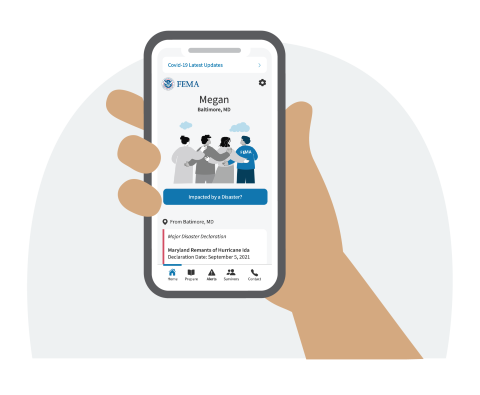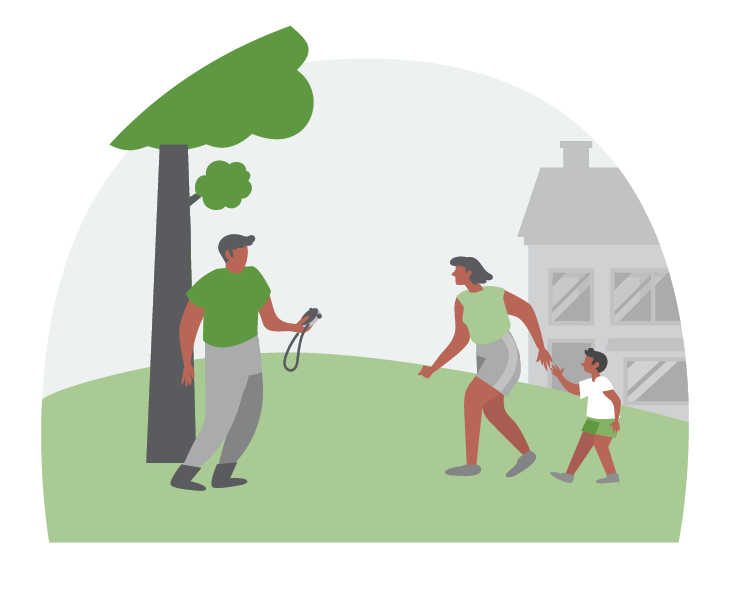Disasters are costly but preparing for them doesn’t have to be. In fact, taking time to prepare now can help save you thousands of dollars and give you peace of mind when the next disaster or emergency occurs.
Take these simple steps now to be better prepared for any disaster or emergency that have little to no cost.
Start Today

- Know what kind of disasters and emergencies are most common for where you live.
- Create your emergency communications plan. Use our free template to conveniently record important contact and medical information about your family, which you then can share with others and store copies both digitally and on paper.
- Make sure you store important phone numbers somewhere besides just your cell phone.
- Sign up for emergency alerts in your area to receive life-saving information from your state and local municipality.
- Download the FEMA App (available in English and Spanish) to receive weather alerts, safety tips and reminders and be ready for the unexpected.
- Build your emergency supply kit over time. Start with items you may already have in your home, like a flashlight, extra batteries, copies of important documents, water and non-perishable food. When you go to the grocery store, you can pick up an extra item each time that you use regularly, especially if it’s on sale! Community food banks are a potential resource for food-insecure families to stock their emergency supply kits.
- Talk with family or members of your household about where you will go if told to evacuate. Having a plan before disaster strikes can help you save precious time and money.
- Store important documents and items like passports, birth certificates, maps and electronics in a flood-safe place like a high shelf or upper floor in resealable water-tight plastic bags to help waterproof them. Store important documents like insurance policies digitally.
- Consider adding older clothing that still fits well to your disaster kit instead of donating it. You could also work within your social circle to swap clothes, which can be especially helpful if you have children.
- Look for deals at garage sales and thrift stores. You may find useful items like camping gear, tools, cookware and backpacks or luggage at a fraction of the retail price. Also, keep an eye out for seasonal sales on emergency supplies.
- Contact your local fire department. They may have programs that provide fire or carbon monoxide detectors.
- Check online for free or discounted CPR courses offered near you.
- Visit Floodsmart.gov to know your area’s level of flood risk.
- Download free preparedness resources.
Hazard-Specific

Earthquakes
- Hold regular Drop, Cover, and Hold On drills with your family.
- Anchor heavy objects like furniture or appliances to walls. Secure fragile or heavy objects.
- If you live in a tsunami zone, identify a safe place to be if a watch or warning is issued.
Wildfires
- Create a safety zone of at least 30 to 100-feet around your residence.
- Keep grass, plants and other vegetation around your living area well hydrated.
- Keep your roof and gutters clear of debris.
Hurricanes
- Keep the area around where you live free of natural debris or yard waste that could be picked up by heavy winds and cause damage.
- If you live in an evacuation zone and would need help evacuating, contact your local emergency manager now to see what resources and assistance are available in your area.
- Remove debris from gutters and drains.

Home Fires
- Create and practice a fire escape plan from your place of residence.
- Teach children not to hide from firefighters.
- Make sure you can get through doorways and exits if you use a walker or wheelchair.


